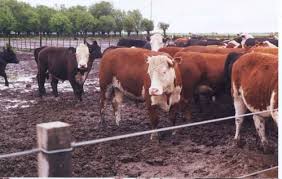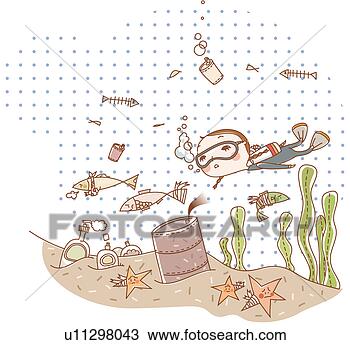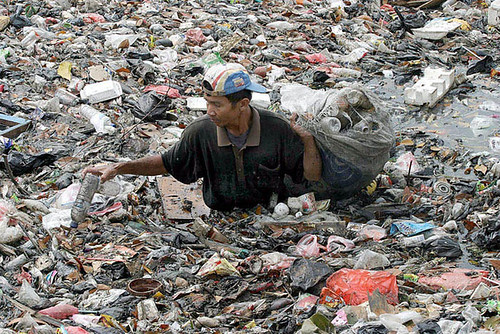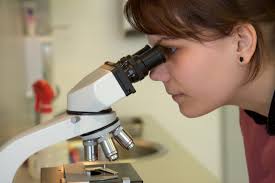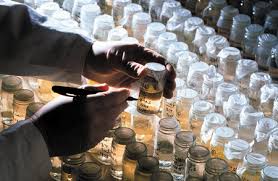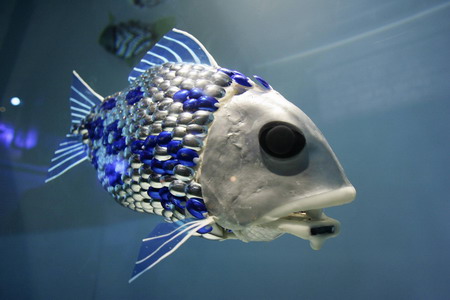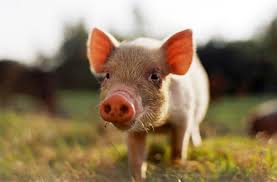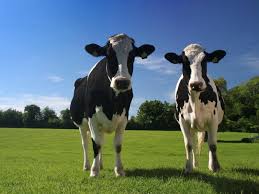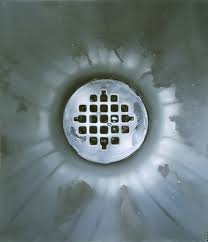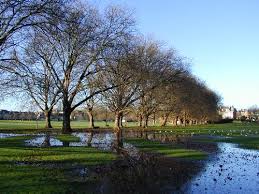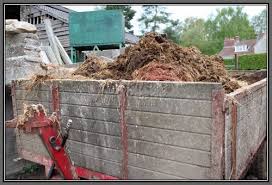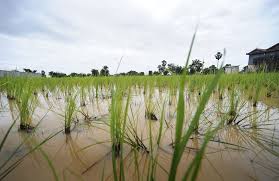




INTRODUCTION
Pollution in general, is never good. Certain countries are bigger contributors to pollution than others. For example, high-tech countries that are developed are going to have more chemical and thermal pollution than developing countries. Also, the biological pollution is keyed in with the environmental factors. If the environmental conditions are in favor, such as much algae, then pollution is more likely. Here you will learn about the repercussions, health risks, and ways you can prevent all of these different types of pollution.
TYPES OF POLLUTANTS
There are basically four types of pollutants, biological pollution, chemical pollution, physical pollution, and thermal pollution. Biological pollution consists of all of the different types of bacteria, viruses, protozoa, and worms carried by water. It also consists of things like algal blooms and untreated human and animal wastes that are emitted into the water supply. All of these things can be removed through normal water treatment systems, however, when they go through the water supply without being filtered, they can cause many different harmful human and animal diseases.
Chemical pollution consists of heavy metals that are released into water, such as mercury, lead, cadmium, arsenic, and aluminum. These metals can be released from sediment, and can also industrial and household sources. Other chemical pollutants include nutrients, such as nitrogen from fertilizer runoff, and oil from automobiles and domestic sources. The last chemical pollutant is radioactive waste. If any heavy metals are directly ingested from contaminated water, they can easily harm humans.
Physical pollution consists of sediment released in water. Sediment can be released into water through erosion, deforestation, and projects regarding agriculture and hydroelectricity. When sediments are released they often cause a choking effect on lakes, rivers, streams, reservoirs and harbors. This effect makes photosynthesis more difficult, which in turn causes problems for aquatic food webs.
Thermal pollution is often caused by water-cooling systems designed for power plants. The water is heated to a level that depletes the oxygen supply. Once the oxygen supply is lower, it weakens aquatic species, and makes them more vulnerable to diseases, parasites, and toxins in the water. Also, thermal shock can occur when a drastic temperature change is made in an aquatic environment, which can potentially kill many aquatic animals.






CLASSIFICATIONS
First, biological pollutants are microscopic viruses, bacteria, protozoans, phytoplankton, zooplankton, insects, worms, large plants and fish. These are point source pollutants. They come from direct sources such as sewage in a water system. They can contaminate and live in the intestines of mammal. Next, chemical pollutants are defined as anything that can dissolve in water. This includes gases like oxygen and carbon dioxide, salts, nitrates and phosphorous, and other man made or natural substances. These pollutants come from a non-point source. In addition, physical pollutants can usually be detected through your senses. Some of the most common senses are temperature, taste, color, odor, and turbidity. Turbidity is the cloudiness or clearness of the water. Lastly, thermal pollution is when heated water is added into a body of water. This is described as point source pollution and comes from factories in the cooling processes of materials such as cooling electric power plants. All in all, there are many types of water pollutants
METHODS OF DETECTION, CAUSE AND AFFECT
First, the best way to identify biological pollutants in your water is to pour some water into a bacterial culture and then identify the pollutants in your water. This is one of the most common methods of detection. This kind of pollution is often caused by the infestation of bacteria and microorganisms which probably travel through the air and reach a water source. They are a leading source of sickness to the surrounding environment. Next, some easy ways to detect the amount of a chemical substance is in a water, you can use a variety of tests. These tests could be for example, the turbidity of the water or the total amount of dissolved oxygen present in the water. This is an example of what kind of tests that can be performed. Also, the amounts of a heavy metal, toxin, or nutrient can be measured. The cause of these pollutants entering the water is due to a variety of factors such as runoff from agricultural sources and from wastewater treatment plants. It can cause many different affects to the water including depletion of dissolved oxygen levels, changing of the pH level, and the turbidity of the water. Also, the best way to detect physical changes in the water is by using your senses. If it changes its state of matter or if it changes its shape, color, taste, smell, etc… these are all ways to detect physical changes. The cause of a physical change in the water could be the change in temperature or the transfer of energy through the water. Lastly, measuring the amount of thermal pollution can be done with a simple heat test in the water. Thermal pollution is caused by electric factories and from runoff. It can drastically change the environment of the water which will lead to a major disruption in the surrounding ecosystems.
REPERCUSSIONS OF EACH
Biological pollution can cause horrible diseases in humans. The viruses, protozoa, parasitic worms, and bacteria that cause these diseases can have an impact on animals as well. Marine organisms are especially susceptible to these pathogens. The fishing industry is then affected, because fish can be killed by a result. But it can also be affected if another part of the food chain is harmed. 19 humpback whales and 22 million fish were killed because of biological pollution. $55 million dollars was lost in seafood sales as a result as well. It can also affect livestock if their water source is polluted; killing them or the pathogen can be passed on to humans when consumed. When there is excess nutrients in the water it causes excess algae growth using the oxygen in the water killing organisms that need the oxygen, this is called eutrophication.


Chemical pollution is heavy metals, oil, nutrients, and radioactive wastes in the water. Humans and other organisms consume the heavy metals in the waters, and then they accumulate in their tissues. This accumulation can cause diseases and other health problems. Oil spills also create another problem. The oil leaks from ships and cars where it makes its way to the ocean. Then because oil and water does not mix the oil stays at the surface where it eventually makes its way to beaches causing environmental problems. Each year, humans discharge approximately
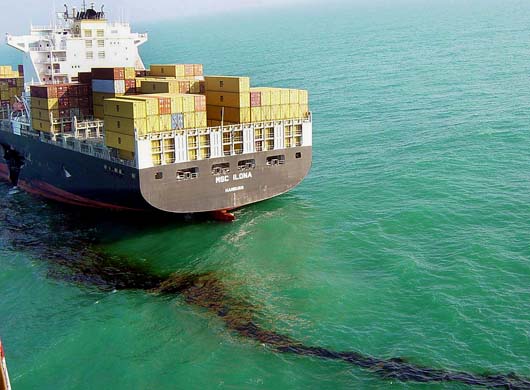
Physical pollution is mainly sedimentation which can greatly affect interactions of organisms and their environment. Sediments can enter bodies of water or even be stirred up from the bottom. Either one of these can cause problems for organisms. The sediment can block out light from the body of water, preventing photosynthesis. The photosynthetic organisms then can die. The loss of the plants takes away the base food source for the ecosystem affecting all animals. Sediment may also carry pesticides, bacteria, and other harmful substances which can harm the organisms. The sediments also disturb the habitat which can destroy the feeding and spawning grounds of fish.

Thermal pollution is created when water is used for cooling factory. So when the water is released it lowers dissolved oxygen levels. The depleted oxygen makes aquatic species more susceptible to disease, parasites, and toxic chemicals. Organisms can also go into thermal shock because the differences of temperature.
PROACTIVE MEASURES
Biological pollution is hard to stop because of the pollution being microscopic organisms in the water. One of the only ways to stop this is to treat the water. Treating storm drain water is one way to stop it. Not all communities treat their water from the storm drains. When this water goes to a sewage treatment plant, all of the microscopic organisms can be filtered out be a variety of methods.
The chemical pollution comes from several sources, so there are several measures to stop it. House hold chemicals are often one source, so disposing of them properly rather than pouring them down the drain. The main proactive measures of the oil spills are laws. Laws prevent people from dumping oil into water systems. Because the laws set in the U.S. most of the oil spills are accidental.
Physical pollution is sedimentation in the water which usually comes from erosion. So preventing erosion is a great proactive measure. Planting trees and other plants reduces erosion. Replanting the trees after deforestation, which cause a large amount of erosion, protects water sources from the physical pollution as well as practicing sustainable use in the forestry industry.
Thermal pollution is hard to prevent because the water is needed to cool the industrial factories. So, one major proactive measure is to begin building power plants that need less cooling. Hydropower plants and solar powered plants do not need the water to cool the machinery. Even fossil fuel power plants use less than nuclear power plants, though it would be worse to use more fossil fuel power plants. Changing the way we get energy would help to reduce the thermal pollution, but it would be a slow transition.
KNOWN HEALTH RISKS
Biological pollution is caused by surplus fertilizers and chemicals that create more frequent toxic algal blooms, which cause the population of living organisms to increase. This increases the amount of waste given off by the animals, therefore increasing the biological pollution. Not only does this pollute our waters, but this can affect the human and animal health. Through direct exposure or bioaccumulation, this affects the entire ecosystem. Whales seem to be at the top of the food chain, yet due to the algal blooms and toxic marine life, their food supply was infected, therefore infection more then 19 humpback whales. If humans eat the contaminated food supply, then the consumer will be contaminated as well. For example, in 1995, more than 500,000 fish (many with red and black sores) were either fished for food, or they died. People who came into contact with the water in the bay, or ate these fishes, developed sores and eye irritation along with breathing difficulties, nausea, and deficiencies in learning and memory.
One example of chemical pollution is when a plant draws water from a river to cool off it’s turbines. The heated water used to cool the turbines, is returned, polluting the water. As you can imagine, water at such a high temperature emits certain chemicals that shouldn’t be there! Therefore damaging any life that the water may have. If swimming in a body of water that has been chemically contaminated, certain diseases may come. Also, chemicals from the plant may leak into the water supply used to cool off the turbines, therefore contaminating the water even more, killing wild life and harming humans.

Physical pollution can be changed. It is all up to us. Physical pollution is the pollution that is produced by manmade items, which can harm animals’ health, as well as the health of humans. By coming in contact with more dangerous pollutants, certain cancers can form. These cancers, as well as kidney failure, organ failure, nervous system damage, tooth decay, skin irritation, birth defects, fertility problems, infections, and susceptibility to H1N1 are all common side effects of physical pollution, as well as the other pollutions.
Thermal pollution can be defined as the artificial warming of a body of water to the point where the inhabitants it are damaged. Thermal pollution comes from the release of heated water used to cool turbines, such as those used in power-generation equipment, into a body of water. Thermal pollution can raise the temperature of a stream beyond the rather limit range that many organisms require for life and breeding, causing reproductive failure (trout and salmon are particularly sensitive to this). It can also encourage the growth of microorganisms, thus contributing to cultural eutrophication which can greatly affect humans. The worst affects of this pollution, however, are on the solubility of solids and gases in the water. A rise in temperature increases the solubility of solids, therefore raising the water's ability to carry pollutants in solution and effectively increasing its pollutant load. The condition of the water degrades, leaving the fish’s tolerance range dangerously low. Of course, coming in contact with this pollution leaves humans sick and weak. Coming in contact with this can cause many short-term illnesses as well as longer term ones that may never go away. In the long run, this can definitely take a life.
PREVENTATIVE MEASURES
Ways to prevent chemical pollution in water is to wash your car away from storm drains, don’t dispose of any trash or any type of chemical into sewer drains, using fewer fertilizers and pesticides. Also, other ways for prevention are using non-toxic cleaners, not cleaning paintbrushes in sinks, and not flushing medicines down toilets. Two ways to prevent biological pollution in water are inspecting septic systems once a year and always pump the waste systems on boats .One way to prevent thermal pollution in water are having factories and plants reusing water they need to cool machine instead of releasing it into the environment. A way to prevent physical pollution in water is no dumping products of mining and drilling into streams and rivers.
ENVIRONMENTAL FACTORS, CULTURAL BELIEFS, AND SOCIOECONOMIC CONSIDERATIONS ON THE HEALTH OF A SOCIETY
Different cultures all seem to have a different belief about the health of a society, including their economic status and not including it. Different countries will have more pollution than others, and they will be either cleaning it up, or continuing the cycle. For example, high-tech. countries will be more likely to have more thermal and chemical pollution than a developing country. Due to the fact that thermal and chemical pollution are caused by large power plants that consume much energy, a nation must be flourishing in order to have much pollution. Also, the issue of power comes before water pollution, therefore continuing the cycle. With developing countries and poor countries, other issues are focused on way before water pollution. For example, in
CONCLUSION
As you can see, pollution does not help any nation. Some types of pollutions, such as physical pollution can be controlled by the nation. Others are determined by environmental factors, such as the amount of algae, which contributes to biological pollution. Chemical and thermal pollution can also be stopped by alternate means of technology, or cleaning off this technology. Other ways should be developed to stop pollution should be thought out by now, and if not, it is up to our generation. The health of a nation is dependent off of this, and for the good of any nation, alternate measures should be thought out.
WORKS CITED
Diagram of Nonpoint Pollution [Diagram]. Retrieved March 22, 2010, from: http://students.umf.maine.edu/mcgrawbr/public.www/index5.html
Natural Resources Defense Council. How to clean up our Water. Retrieved from:
http://www.nrdc.org/water/pollution/gsteps.asp
es.html
Non point source pollution: Categories of Pollution: Point Source. (2008, March 25). Retrieved from http://oceanservice.noaa.gov/education/kits/pollution/03pointsource.html
Non point source pollution: Research, Monitoring, and Assessment. (2008, March 25). Retrieved from http://oceanservice.noaa.gov/education/kits/pollution/014research.html
Pollution from Agriculture. Retrieved from:
http://www.naturegrid.org.uk/rivers/gt%20stour%20case%20study-pages/plln-frm.html


